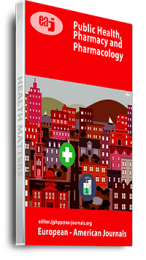People’s lives are always threatened by various diseases. The role of health and medical services, in particular medicine, is undeniable in protecting their lives. Timely preparation and providing medicine for patients is vital since medicine shortage can endanger their lives while excessive accumulation of medicine can put them at expiration risk and waste health budgets. In this paper, we introduce a model for the prediction of commonly used medicine (type and amount) in hospitals. We have used a dataset of Govt. Hospital in Jos collected for three years consisting of 283 features, which included over 12293431 medicine and 9531 patients. Nine features were selected using experts’ feedback and were fed into the random forest and neural network algorithms. For the prediction task, medicine types and their amounts were predicted for everyone using different training sets. In addition, the right prediction time was also found, which is when predictions have promising accuracy while the executive team of a hospital has enough time to provide the right amounts of the most used medicine. The performance of algorithms was evaluated using a confusion matrix. Our results showed that the random forest had a promising performance in predicting the amounts of the most used medicine for a month using two years of data (accuracy 83.3%) while its accuracy in predicting medicine was 35.9%. Although our results are promising for predicting the amounts of medicine, these results could be enhanced and more reliable using other metadata like” patient underlying disease” and” medical tests result”.
Keywords: Health, Hospitals, medical services, pharmaceutical needs

